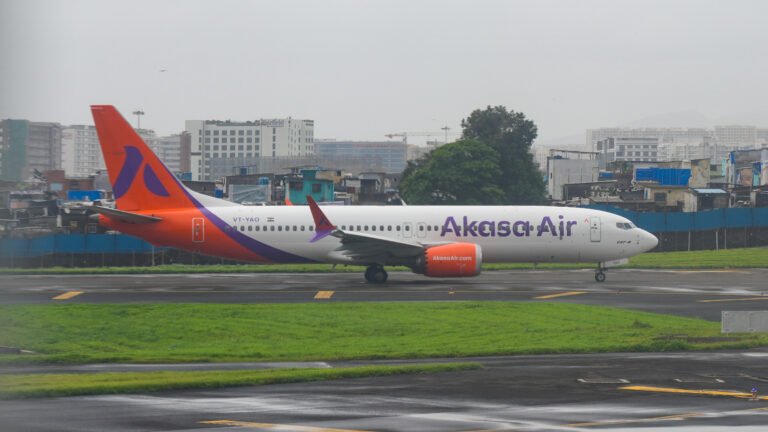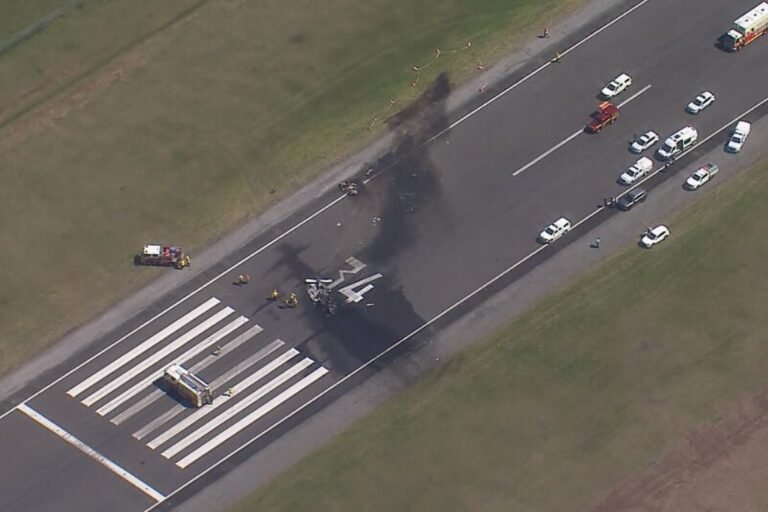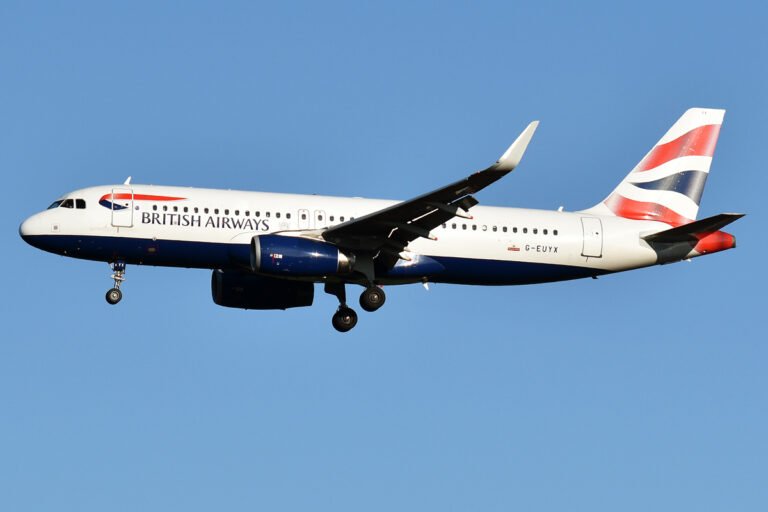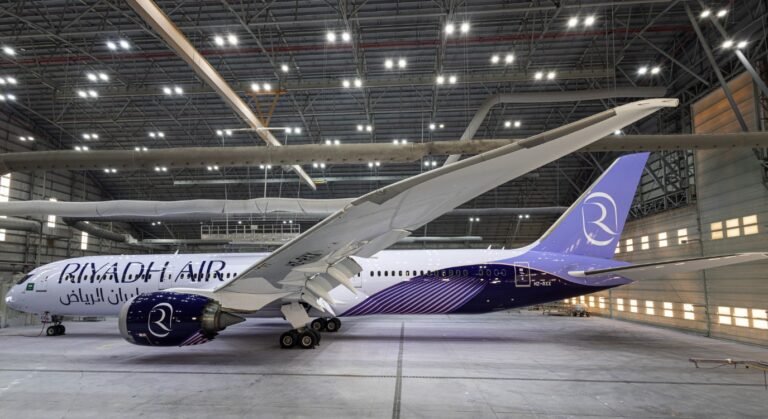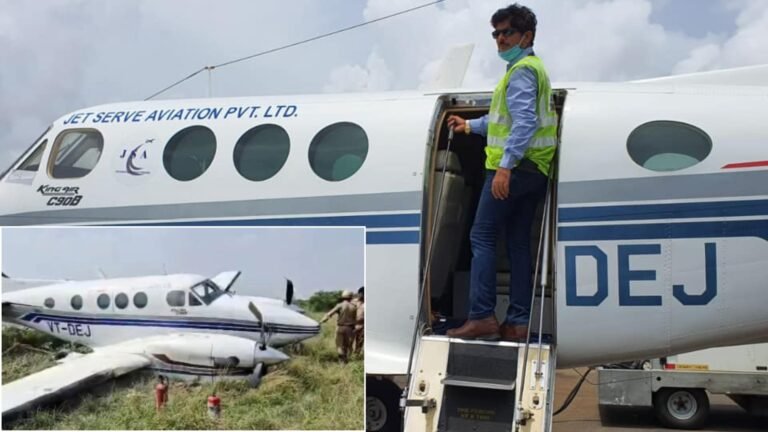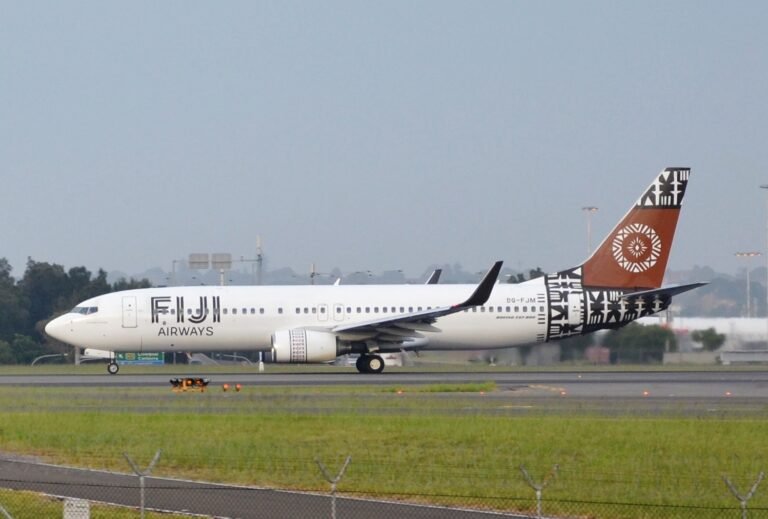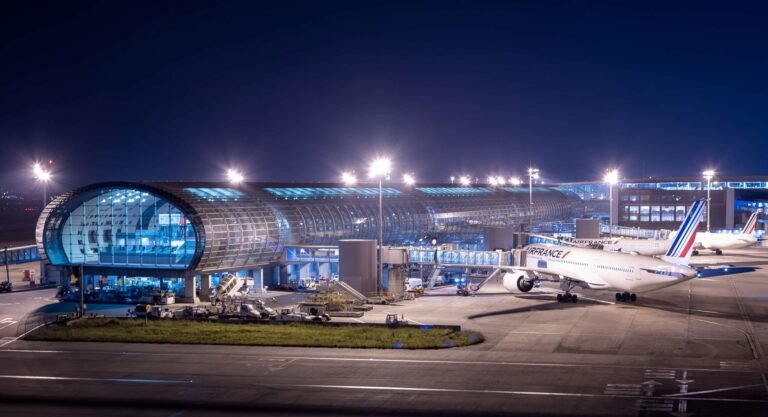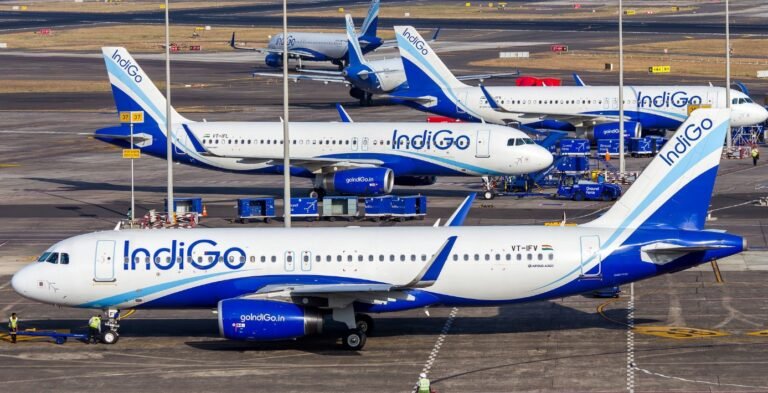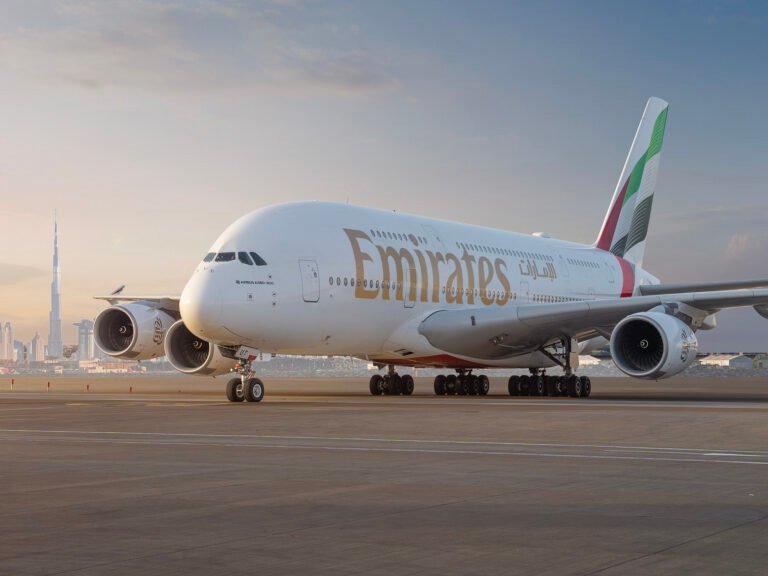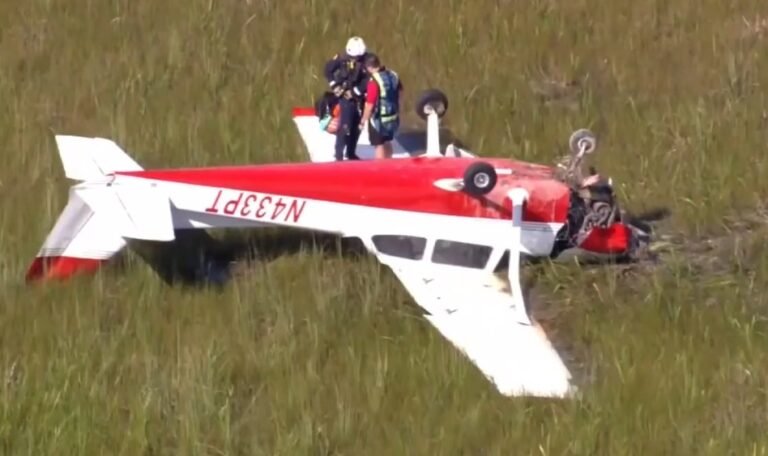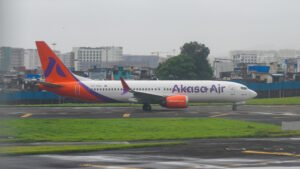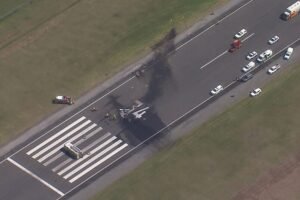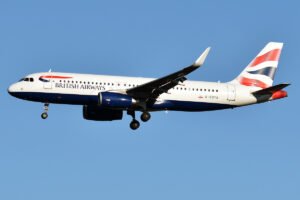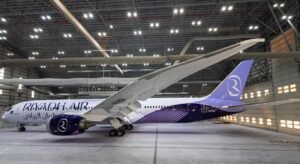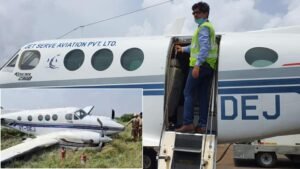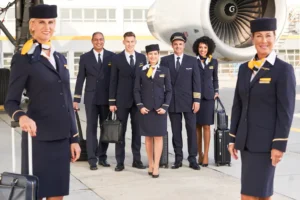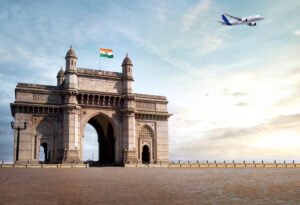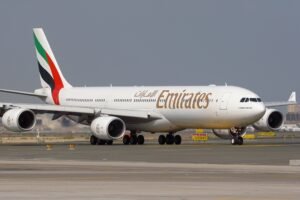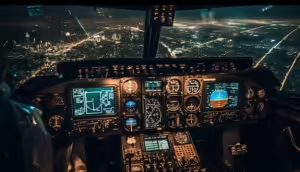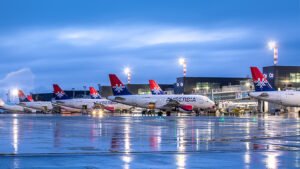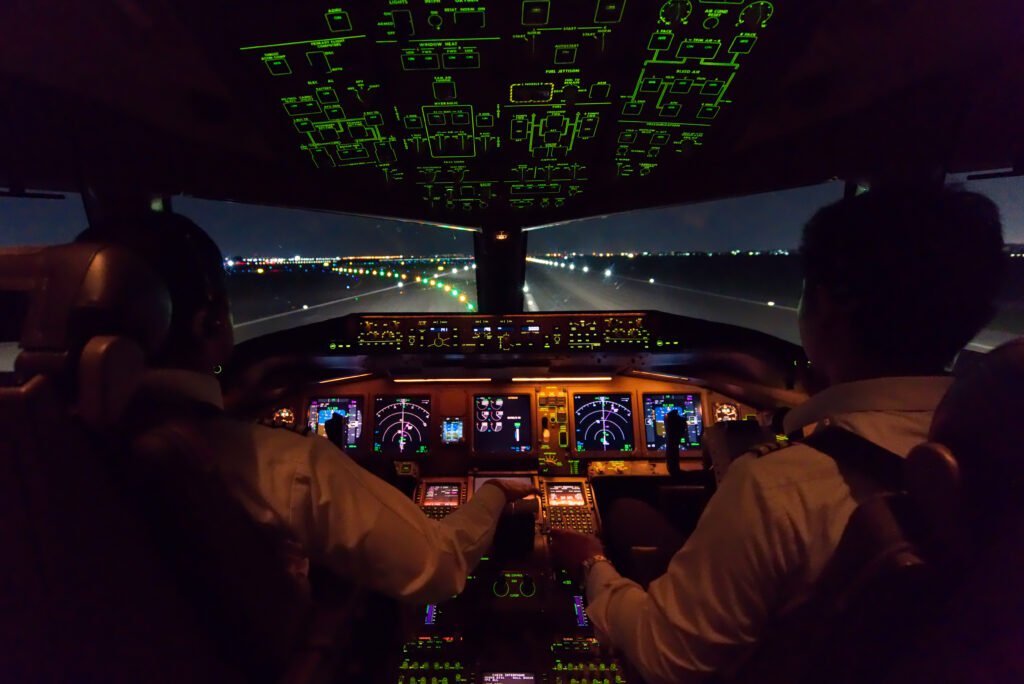
New Delhi, India: India’s pilot community is pushing back against airline industry efforts to adopt the ‘Multi‑Crew Pilot Licence’ (MPL) as the primary training pathway for commercial airline pilots. The development follows the Directorate General of Civil Aviation’s (DGCA) move to initiate a fresh review of MPL adoption.
According to the Times of India, the DGCA is considering whether to move to a unified “multi‑crew pilot licence” system that combines both CPL and type rating training into a single framework. A stakeholder meeting will be held shortly to discuss the coexistence of both systems, allowing operators the choice to adopt CMP, MPL, or continue with CPL based on safety and operational needs.
Earlier, in a conversation with The New Indian Express, DGCA Director General Faiz Ahmed Kidwai confirmed the rollout of the MPL programme, highlighting its alignment with International Civil Aviation Organization (ICAO) norms. He said the MPL, unlike the traditional Commercial Pilot Licence (CPL) based on single‑pilot operations, focuses on multi‑crew competency development from the outset, integrating theoretical instruction and simulator training to better prepare pilots for commercial aviation.
A high‑level committee has also been formed to examine the MPL model’s viability for India’s training ecosystem and regulatory framework.
Unlike the CPL, which mandates a minimum of 200 hours of solo flying, MPL replaces much of that experience with advanced simulator sessions and multi‑crew training modules. Airlines view this as a modern, cost‑effective pathway, while pilots argue India lacks adequate simulator infrastructure and regulatory oversight to safely implement such a change.
This is the DGCA’s third attempt to evaluate MPL, following two earlier rejections. Officials say a rapidly expanding aviation sector and a forecast demand of nearly 2,000 new pilots annually by 2030 have renewed interest in alternative training models.
Countries like the UK, Australia and Singapore already use MPL, while the US, Canada and many others continue with conventional CPL training. Airline representatives argue that MPL better matches today’s cockpit environment, where teamwork and decision‑making skills are as critical as technical flying hours.
“Unlike the CPL pathway, which focuses heavily on small aircraft flying hours, the MPL integrates airline‑specific operations and procedures early in training, replacing most solo flying with advanced simulator and multi‑crew training,” one airline executive told Businessline.
However, senior captains and pilot unions warn that adopting MPL without robust safeguards could risk putting under‑prepared co‑pilots into airline cockpits.
“The MPL will offer little tangible benefit to India,” said a senior pilot, adding that there is “no real cost saving, and not enough certified simulators to deliver effective MPL training.” Another captain noted, “MPL might work in countries with advanced training ecosystems, but India is still building that capacity.”
“If MPL is approved, many existing Flying Training Organisations (FTOs) could be forced to shut down,” warned another senior pilot, noting that both IFALPA and ALPA have long opposed MPL due to reduced manual flying skills and heavy reliance on aircraft automation.
The DGCA has asked its committee to benchmark global best practices, review regulatory gaps, and consult with airlines, training organisations and pilot associations. Its recommendations are expected within three months.

